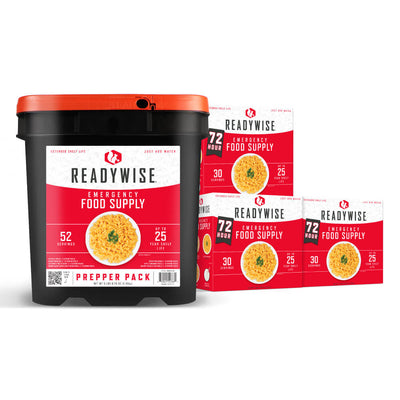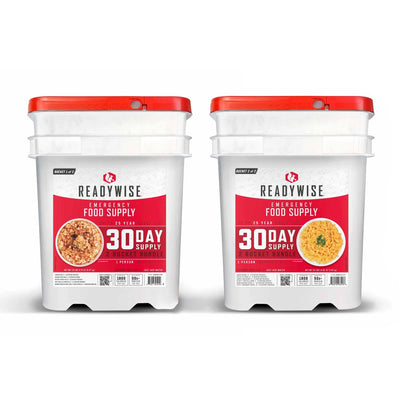How to Properly Store Grains Long Term
Paleo diet gurus argue that people should not consume grains because 10,000 years is not long enough for the human digestive system to adapt. That is a rather extreme viewpoint, especially when you look at growing evidence that grains have been part of the human diet for much longer than 10,000 years. Moreover, way above average longevity is associated with countries in which rice and other grains are staples of the diet.
- People living in what is now Mozambique may have eaten a diet of sorghum (a type of wild grain) as far back as 105,000 years ago.
- Anthropologists think Neanderthals consumed and cooked grains 44,000 years ago.
- Evidence suggests that grains and vegetable starch were processed and consumed in Europe over 30,000 years ago.
- Some types of grains have exceedingly long shelf lives that make them ideal survivalist foods.
How to Store Grains Long Term
If you are thinking about storing grains in your emergency food pantry, you need to learn the basics. This involves selecting grains with the longest shelf lives and storing them properly. Experts suggest avoiding brown rice and barley (pot and pearl) because the processing method can cause them to go bad after only 4 to 6 months.
Soft Grains: These include oats (hulled, pearled, and rolled), rye, and quinoa. If stored properly, these have an average shelf life of 8 years, however, this can be increased to as long as 20 years.
Hard Grains: These include buckwheat, corn, flax, mullet, kamut, wheat (durum, hard red, hard white, soft, and special bake), spelt, and triticale. If stored properly, these have an average shelf life of 10 to 12 years, however, this can be increased to 30 years or longer.
Food Storage Supplies
Buying a 40-pound sack of rice and tossing it in your food pantry is not proper food storage. Experts suggest buying the following items to ensure the proper long-term storage of grains:
- Food-grade buckets
- Vacuum sealer or heat sealer
- 5-Gallon food storage bags
- Oxygen absorbers
If you purchase bulk emergency foods, they typically come in sealed Mylar packets stored in sturdy, food grade buckets. Mylar is an ideal material since it offers an extra barrier from light and moisture compared to typical sealable clear food storage bags. You might be able to score some free buckets at a local restaurant since they are often discarded, but you’ll still need to buy proper storage bags and find an effective way to seal them. You can also purchase 5 to 6 gallon buckets at your local hardware store, but make sure they are food grade.
Step-by-Step Food Storage
- Find an area in your home with optimal conditions and temperatures. Ideally, this should be a cool, dark, dry place with temperatures in the 62°F to 68°F range.
- Place the Mylar bag in the plastic bucket and fill it with grain.
- Add one 2000 cc oxygen absorbing pack, or 2 to 3 smaller sized packs, squeeze the excess air out of the bag, and seal with the portable heat sealer.
- Trim any excess off the top of the Mylar bag (optional)
- Firmly seal the lid on the bucket using a rubber mallet.
Tips: Practice with the heat sealer on a dummy package before attempting the real thing. You’ll need to work quickly to avoid overly exposing oxygen absorbing packs to air, because this decreases their effectiveness. Optionally you can place an additional oxygen absorber in the bucket.
 https://readywise.com/collections/readywise-emergency/products/emergency-food-supply-120-servings
https://readywise.com/collections/readywise-emergency/products/emergency-food-supply-120-servings
















































































